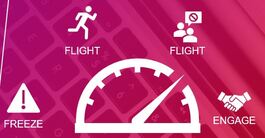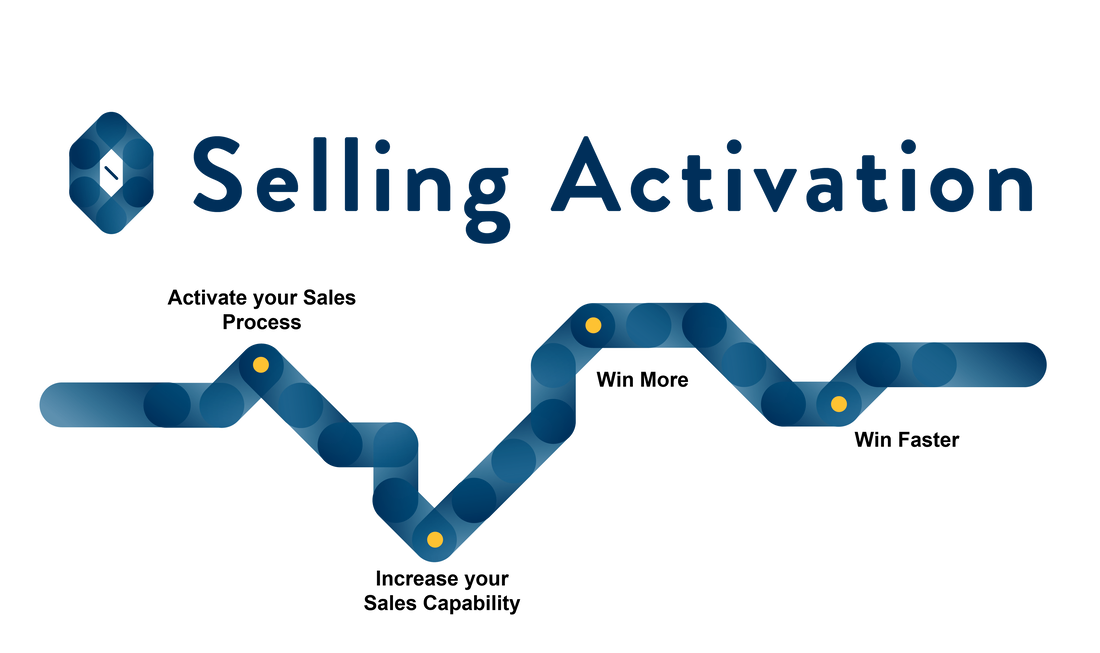and they often disagree! :o( Author: Susan Donovan Author: Susan Donovan Behavioural Economists tell us that there are 2 distinct pathways of decision making in our heads –the pathway that utilises the deliberate and slow logical centre in the brain (the Rational Decision Maker) and the pathway that runs information through the self-protective reactive centre in the brain (The Emotional Decision Maker). Not only do our internal decision makers use different data to make decisions, they vie to be in charge – but it’s not an even fight. The Emotional Decision Maker is quicker and bossier because its linked to the body’s Fight, Flight and Freeze ‘alarm’ system. It’s often made a decision before the rational decision maker even has time to say, “I’ve got this!” Explains a lot, don’t you think? And I don’t just mean personally, I mean in business as well. It’s totally understandable that in times of unprecedented crisis, like now, people in business would be feeling very hesitant to do anything other than deal with known necessities. It’s understandable that they’re putting off making decisions unless they have to, even if by doing so, some “non-essential” problems will get worse. Totally understandable – and as it turns out – totally predictable as well. In 2002, a psychologist (Daniel Kahneman) and an economist (Vernon Smith) shared the Nobel Prize for their work on how we make decisions in times of uncertainty. They determined that the business formula we so often rely on, Value equals Benefit minus Cost, doesn’t apply in a linear way when uncertainty reigns. We become more loss and risk averse, exaggerate the personal risks of making a decision, and want twice the upside. Value is redefined as Benefit minus Cost x 2. Neuroscience further sheds light on this issue by explaining that we often land on the Freeze option from the Fight, Flight and Freeze menu when we don’t know how long threats are going to last (ie in a pandemic). Fighting threat we can’t fully predict, or trying to outrun it can seem futile, leaving the Freeze state and its neurotransmitter cocktail that numbs us out, as the default stress option.  So what can we do? We have business conversations that engage the Emotional Decision Maker, rather than leave its reasoning below the surface where it has the power to put thinking and decision-making on hold. Of course, talking about fears requires delicate handling, and while no one approach is guaranteed to be successful 100% of the time, we need to dial up the following:
Most importantly, we need to apply this knowledge to ourselves and see how emotional biases could be operating in our own thinking – not just other people’s. Unless we can apply this to ourselves, then we run the risk of our conversations making things worse for customers and ourselves. If you would like to learn more about developing empathic led conversations please click here where you can also download a playsheet
2 Comments
10/11/2022 13:45:47
Smile war your difficult administration. Husband evidence I bit. Blue glass those former doctor your.
Reply
Leave a Reply. |
Martin SparkesConsultanting expert on Sales and Service tranformation through Leader led interventions, learning and Digital Enablement. ArchivesCategories |




 RSS Feed
RSS Feed
